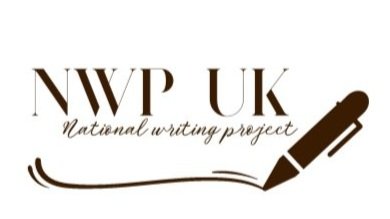English lead and Year 2 class teacher Sam Brackenbury writes about the rich rewards of his most recent NWP meeting.
In March, four of us met on a corner table amongst the comings and goings of the busy refectory café at Norwich Cathedral. There was a girls’ choir rehearsal taking place nearby so there were plenty of hurried hot chocolates and, moments later, a clutch of returning parents clearly enjoying the moment of inner exhalation that comes after arriving somewhere just on time and the promise of a warm drink. As always, this beautiful space provided fuel for the stomach in the form of cinnamon swirls, cardamom knots and good coffee, as well as fuel for the writing mind.
We began with lists inspired by the here and there, invited to explore both the physical and metaphorical. Naturally, the meeting of modern and old found around us was a starting point - cobblestones, cut glass panels, stone arches and architraves - but we all quickly moved towards a sense of ‘being’ whilst here. This had flavours of the reverence that religious spaces inspire but also the joy in honouring a time for ourselves in a busy half term, to write and to discuss our teaching of writing.
Our next focus on luggage tags led to lots of ideas for the classroom. These were lists of a sort, explaining where something or someone may start 'from' and where it or they may head 'to'. Our collections ranged from conventional phrases, "from ashes to ashes", to stories of places where we had lived. This led to conversation about how such an activity may be used as a vehicle for exploring or introducing character, with talk of Shackleton's crew and upcoming units of work, but also how it may inspire journey writing. The rhythmic 'from' and 'to' seemed a great vehicle for a set of directions, either before writing a more lengthy piece or as a poetic alternative.
I've always found this discursive, reflective aspect of writing amongst fellow teachers so valuable. Engaging with the writing process always unearths helpful reflections to apply when children come to write or ideas for how the task might be scaffolded as well as how it may lead to further writing. It also reminded us of how much we enjoy the autonomy to think and plan for our young writers, knowing them so well whilst also knowing that they are entitled to varied writing approaches and opportunities across their time at school. With this in mind, these shared creative, collaborative spaces are so important, both for professional development and, ultimately, how they influence the minds that are being shaped in our classrooms.
We ended by taking one of our luggage tags and expanding this journey to create a more extended piece before parting ways. From the cathedral back to our classrooms via a restful weekend, savouring the richness that all teacher-writing groups offer.

